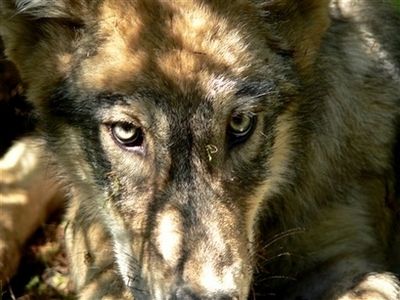Wolves to be removed from endangered species list
Updated: 2008-02-22 08:58
BILLINGS, Mont. -- Gray wolves in the Northern Rockies will be removed from the endangered species list, following a 13-year restoration effort that helped the animal's population soar, federal officials said Thursday.
|
|
An estimated 1,500 wolves now roam Idaho, Montana and Wyoming. That represents a dramatic turnaround for a predator that was largely exterminated in the US outside of Alaska in the early 20th century.
"Gray wolves in the Northern Rocky Mountains are thriving and no longer require the protection of the Endangered Species Act," said Interior Deputy Secretary Lynn Scarlett. "The wolf's recovery in the Northern Rocky Mountains is a conservation success story."
The restoration effort, however, has been unpopular with ranchers and many others in the three states since it began in the mid-1990s, and today some state leaders want the population thinned significantly.
The states could allow hunters to target the animals as soon as this fall. That angers environmental groups, which plan to sue over the delisting and say it's too soon to remove federal protection.
"The enduring hostility to wolves still exists," said Earthjustice attorney Doug Honnold, who is preparing the lawsuit. "We're going to have hundreds of wolves killed under state management. It's a sad day for our wolves."
Plans submitted by Idaho, Montana and Wyoming indicate the states will likely maintain between 900 and 1,250 wolves for the foreseeable future, federal officials said.
Wolves have increasingly preyed on livestock as they expanded into new territories. At the same time, ranchers and wildlife agents have made more wolf kills, which are allowed under the Endangered Species Act in response to livestock conflicts.
Since the late 1980s, 724 wolves have been killed legally, and roughly the same number are estimated to have been killed illegally by poachers. Despite that, the overall population has continued to grow at the rate of 24 percent a year.
"We've been managing wolves pretty aggressively for livestock problems, but there are still a ton of wolves over a big area," said Ed Bangs, a US Fish and Wildlife Service biologist who led the wolf recovery effort.
The wolf was nearly wiped out in the West through a government eradication program in the 1930s that included widespread poisoning of wolves. In the late 1980s the wolf had just 200 square miles of territory around Glacier National Park, in Montana near the Canadian border.
Wolves were listed as endangered in 1974, and the government has spent more than $27 million on recovery efforts in the Northern Rockies.
Since an initial 66 wolves were reintroduced to Yellowstone National Park and central Idaho in the mid-1990s, their population has grown rapidly. The wolf's territory now covers an estimated 113,000 square miles, Bangs said.
Public hunting could significantly decrease the size of the wolf's range. It could also reduce the chance of wolves spreading to neighboring states such as Utah, Colorado, Oregon and Washington.
However, an independent wolf biologist said he would be "shocked" if the animal again ends up on the endangered list.
"The last thing any of the states want is for wolves to be re-listed by the federal government," said Daniel Pletscher, director of the University of Montana's wildlife biology program. He added that tolerance of wolves has grown immensely since the species was nearly wiped out.
|
|
|
||
|
||
|
|
|
|
